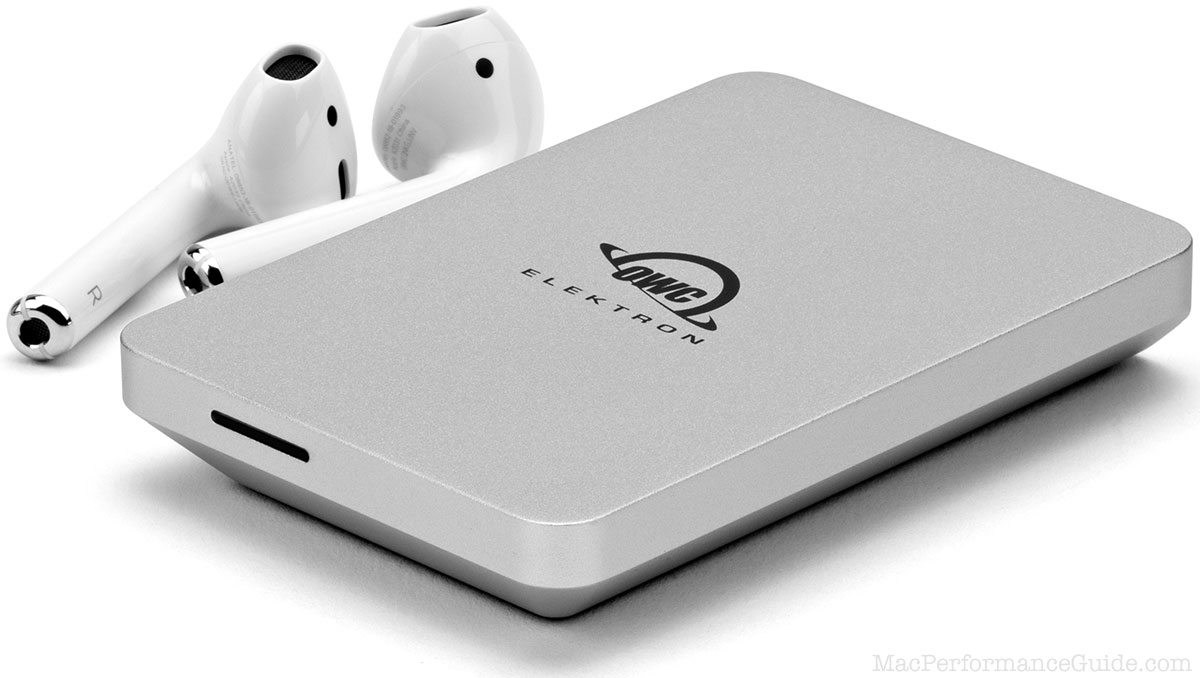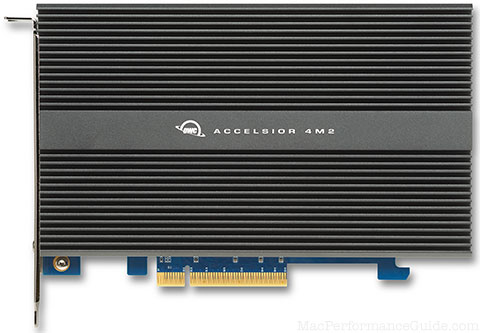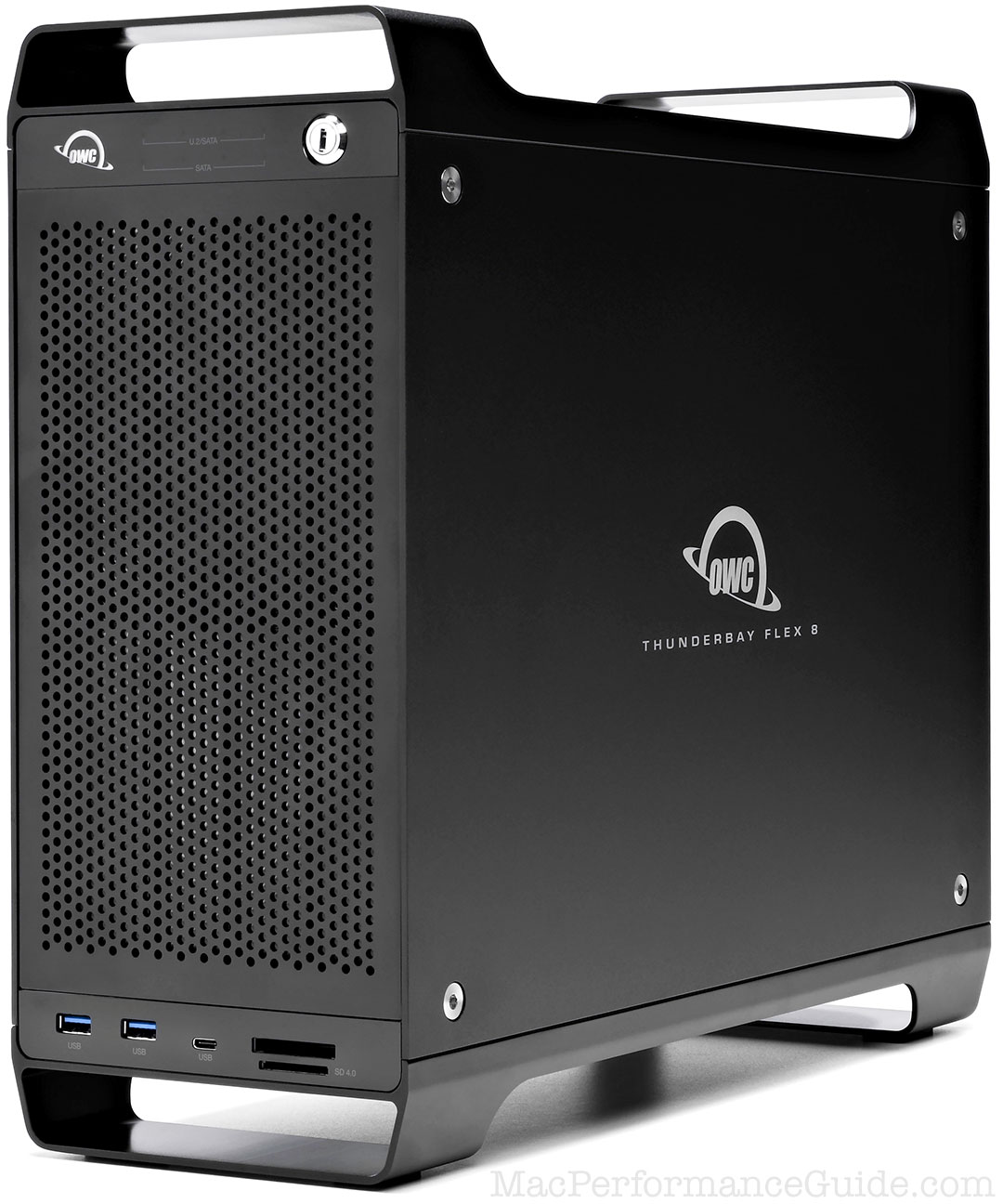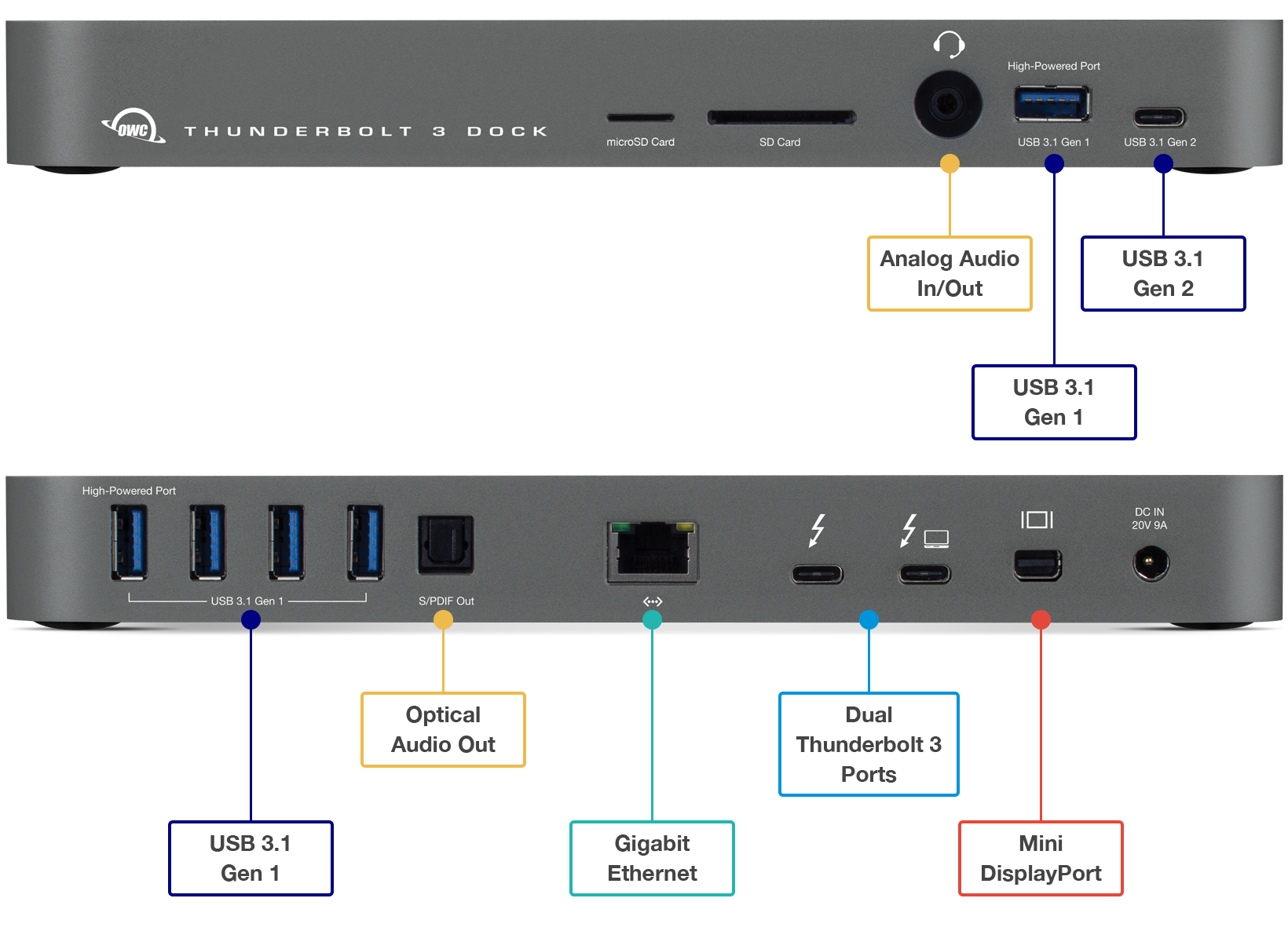Really Right Stuff L-Bracket for Fujifilm GFX100 II
On my new Fujifilm GFX100 II is the fantastic about $230 Really Right Stuff FUJIFILM GFX100II L-SET. I have the two-piece variant but there is a unibody variant also.
Also available for the camera with and without the battery grip.
I love the RRS gear; it has served me incredibly well for 15 years or so now. Tripods, brackets, tripod heads, various plates, etc.

Really Right Stuff FUJIFILM GFX100II L-SET
Elevate your Fujifilm GFX100 II experience with Really Right Stuff's BGFX100II plates, meticulously designed to banish twisting and optimize ergonomics. Crafted from 6061-T6 aluminum, they boast unparalleled strength and a sleek matte finish. Every detail is perfectly tailored with innovative features like slide-away L-components for seamless portrait shooting. Access all side ports effortlessly, thanks to the thoughtfully contoured upright section. The integrated strap lug anchor offers added security, while the hex key conveniently stored in the L-Plate ensures hassle-free adjustments.
Whether you opt for the two-piece BGFX100II-LS or the unibody BGFX100II-LBG, your camera is in expert hands. Compatible with Arca Swiss clamps, these plates guarantee stability and precision, letting you focus on capturing the perfect shot. Say goodbye to bulky accessories – our plates blend seamlessly with your camera, maintaining its sleek profile. Trust in our custom-machined, threaded mounting screws for quick and secure attachment, allowing you to unleash your creativity without constraints. It's time to unlock the full potential of your GFX100 II with Really Right Stuff.
Rest assured, all Really Right Stuff products come with a five-year warranty against defects in materials or craftsmanship from the purchase date. We stand by our commitment to quality, offering repair or replacement as needed.
Features
- Crafted with precision from 6061-T6 Aluminum using advanced CNC machining techniques.
- Coated with Type II Black anodizing for a sleek and durable finish.
- Features laser-engraved center marks for precise alignment and calibration.
- Equipped with an integrated Quick Detach (QD) socket for seamless strap attachment.
- Includes a 1/4"-20 threaded accessory mounting socket for versatile accessory compatibility.
- Provides full access to camera accessory ports, ensuring uninterrupted functionality.
- Allows easy access to the battery without removing the plate, for uninterrupted shooting sessions.
Perfect fit and finish with the GFX100 II.

















































































